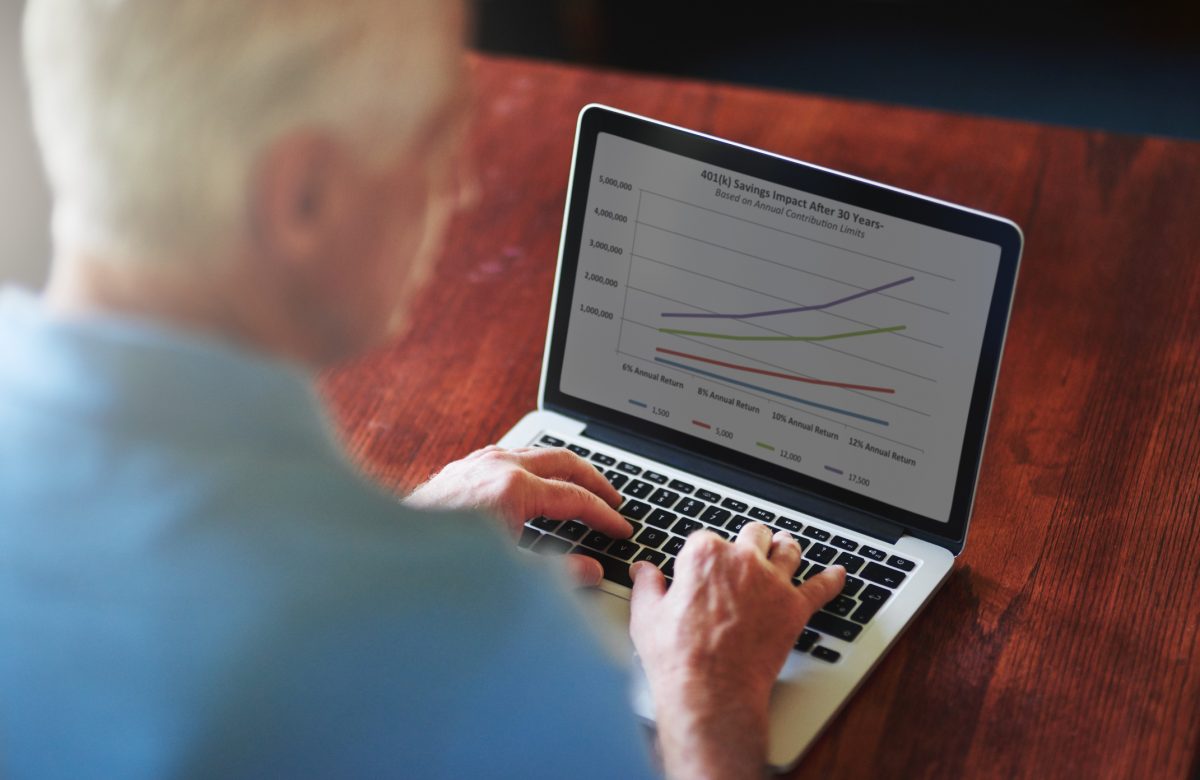When the Commonwealth government introduced the age pension in 1909, the average male life expectancy was 55. Not many Australians reached the age eligibility of 65 for the entitlement.
With significant strides in healthcare, men and women today are expected to live well into their 80s, which has cost the government around $ 41 billion in 2016.
Effect of Living Longer on our Age Pension
As a response, the Australian government will change the pension starting a few days from now. On July 1, the qualifying age for pension will begin to increase progressively by six months every two years until the qualifying age hits 67 in 2023.
[Related Post: Age Pension qualification age changes next year]
As people live longer and healthier lives, the government believes that people can work longer and increase superannuation balances to have a comfortable retirement.
The following pointers will help you identify your age pension:
- If you were born between 1 July 1952 and 31 December 1953, you qualify for age pension at age 65 years and six months.
- If you were born between 1 January 1954 and 30 June 1955, you qualify for age pension at age 66 years old.
- If you were born between 1 July 1955 and 31 December 1956, you qualify for age pension 66 years and six months.
- If you were born from 1 January 1957 onwards, you will receive age pension by age 67 years.
Take note that if this change affects you and you don’t have a job or you have a short term medical condition, you can claim Newstart Allowance from the government. On the other hand, you are eligible for Disability Support Pension if you have a long-term medical condition.
Alternative Ways to Live a Comfortable Retirement
It might be impossible to live a comfortable retirement if you depend on pension alone. According to the Association of Superannuation Funds of Australia’s Retirement Standard, to have a ‘comfortable’ retirement, couples need $ 640,000 in retirement savings, while single people will need around $ 545,000. And with the rising cost of living in Australia and the cost involved in aged care, living beyond 67 can be a challenge.
Of course there is the superannuation, which can help you supplement your retirement income and have some money for investment. However, a report from ASFA reveals that fewer than one in 10 Australians is taking their superannuation seriously. Very few Australians are paying extra money into their superannuation, which may not be enough to fund a comfortable retirement.
There are still alternative ways to make sure that your retirement will not be a struggle. One solution is taking out a reverse mortgage, which is also known as home equity loan.
[Related Post: Changes in Pension to Boost Interest in Reverse Mortgages ]
Reverse mortgages will allow you to unlock the equity in your home without the need to worry about regular repayments. You can receive the proceeds in either a lump sum, a monthly income, a line of credit, or a combination. This is usually a recommended product for retirees who have already paid off their mortgages and need cash for their expenses such as aged care, debt consolidation, home renovation, and more.
To help you learn more about reverse mortgages, you can download our FREE REVERSE MORTGAGE GUIDE.
You can also call Seniors First Finance at 1300 745 745 or post your comments below.
Regards,
Darren

